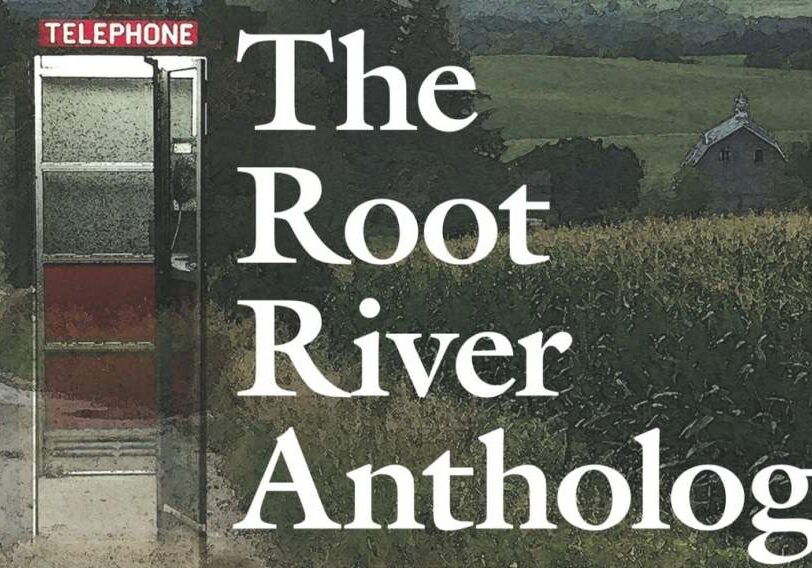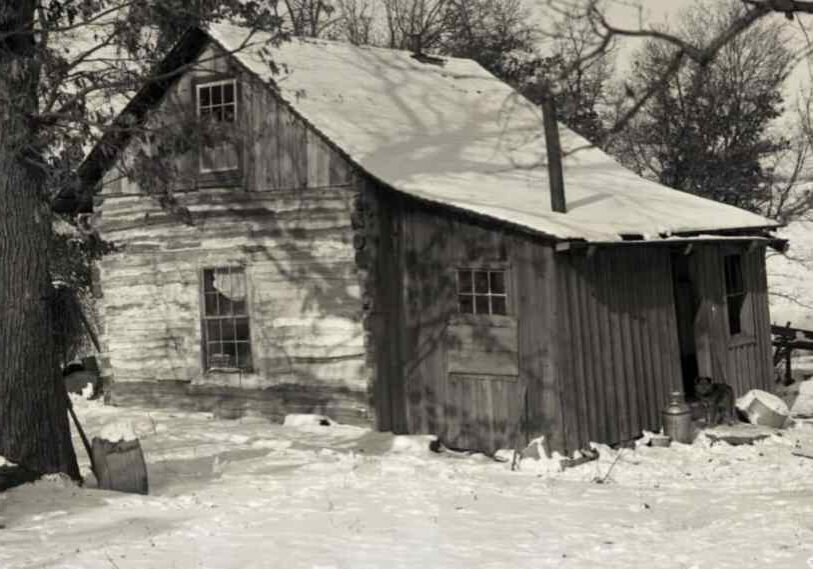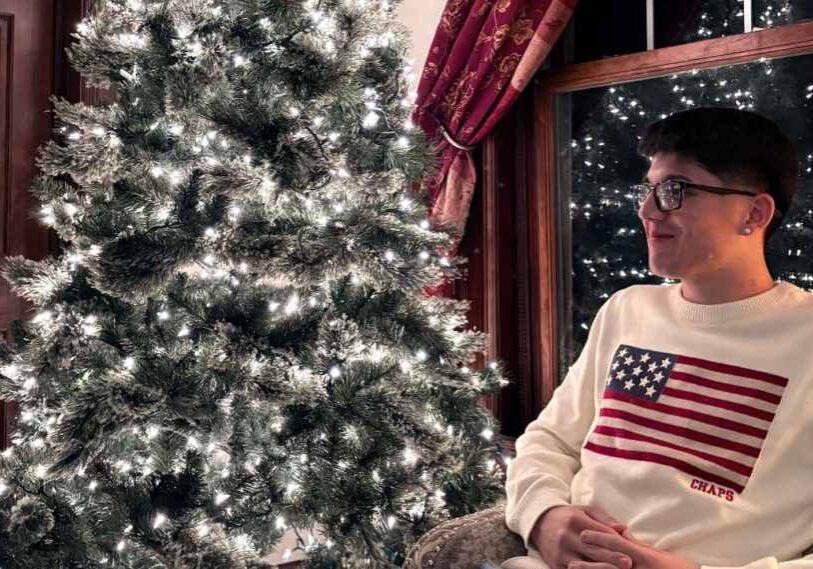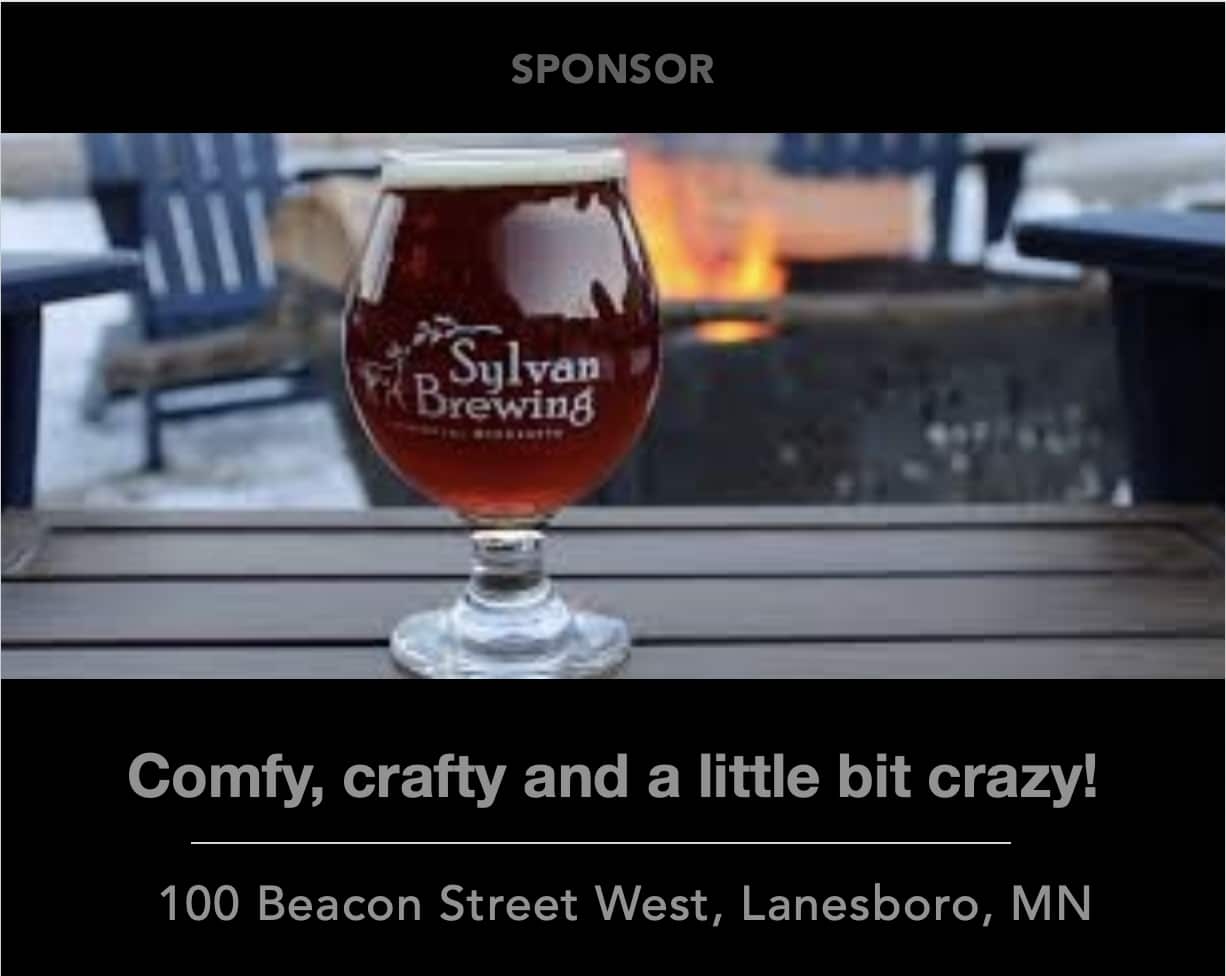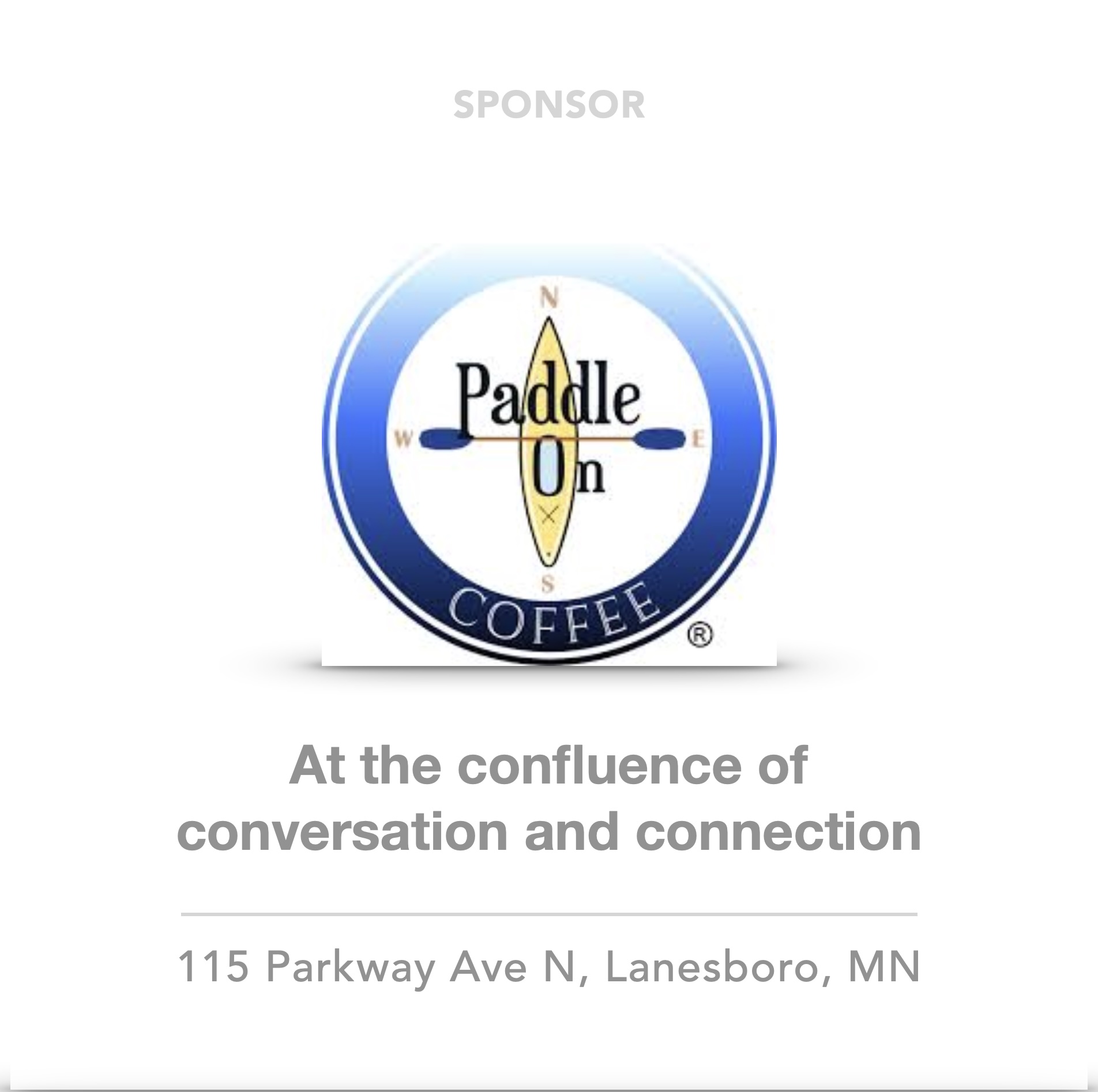Swing Your Partner, Do-Si-Do
Every square dance needs a caller

LANESBORO — Give me a ball – baseball, basketball, football, soccer, tennis – any kind of ball, and I know what to do with it, but put me on a dance floor and I get the yips like a headless Ichabod Crane without his horse. My wife has taken the lead on every waltz, schottische and slow dance going on fifty years. Her sore feet are a testimony to the challenge.
So, it was with some trepidation that I joined my family for square dancing at the Lanesboro Barn Dance held in Lanesboro’s Sons of Norway Lodge in August — but I shouldn’t have been worried. Sue Hulsether was the Caller, leading rookie Ichabods and veteran Lawrence Welkers alike in their do-si-dos and promenade lefts.
“Swing your partner. Circle left. Turn to your corner. Promenade two by two.” Sue called out in a rhythmic singsong voice, describing the positions and formations for dancers to follow. The first dance was the Grand March, with her leading a conga-like procession of all the dancers.
The Caller is the instructor, choreographer and music conductor of a square dance, all rolled into one. On the night in question, she had Spring Grove’s Bob Bovee on guitar with Betsy Neil from Winona on fiddle and thirty or so dancers – young, old and in-between, ready to be thrown into a scrum of humans about to meet each other.
“My job is telling people what to do — and keep telling them what to do but also letting them know that it’s okay to make a mistake,” Sue explained.

Sue Hulsether, who has been calling dances for twenty years, says she is still learning the craft. (Photo by John Torgrimson)
An oral tradition
Square Dance evolved out of an oral tradition of call-and-response patterns where rhythmic chanting is followed by a dance response. Its roots are in European folk dances that evolved in Appalachia with influences from the African and Native American people who also lived there. It’s been a part of American culture for nearly two hundred years.
Hulsether didn’t set out to be a square dance Caller. She grew up in north-central Iowa, the daughter of a Lutheran Pastor, and went to Luther College in Decorah, graduating as a music teacher.
Following a couple of years as a church music director, Hulsether joined the Lutheran Volunteer Corps, a VISTA-like organization, working with the homeless and poor in Washington, D.C. and living on a stipend in a community of volunteers. She spent 10 years in the D.C. area, and her first teaching job was in Maryland.
A Midwesterner at heart, she soon moved to Minneapolis as a music teacher at a suburban Twin Cities school. That is when, as a recently divorced single woman, she started social dancing as a way to meet people.
Sue began Contra dancing, a cousin of square dancing. Sue described Contra dancing as Virginia-Reel type style with two long lines; a formal choreography where you are across from your partner. It originated in England and came to America with immigrants. In the 1960s, during the Folk Revival, Contra dancing became popular among young people.
“From Contra I learned about Clogging, Square Dancing, Swedish Dancing, and other forms of dance,” Sue said. “As a music teacher, I thought, maybe I could learn to teach these dances.” She eventually began attending the Monday Night Square Dance at the Eagle’s Club in the Seward area of Minneapolis.
That’s when Sue began learning to be a Caller. She took lessons from a professional Caller and began attending workshops, taping instructors and practicing on her own. In 1999-2000, she was able to get a one-year sabbatical from her school district to learn about folk dance.
“I traveled around, mainly on the east coast, and met callers and interviewed them. In that year I met all these people who were living their passion, making enough money to make a living. I came back wondering how I could make this passion my full-time work.”

As a Caller, Hulsether says it is her job to tell people what to do but also letting them know it is okay to make a mistake. (Photo by John Torgrimson)
New day hoedown
Sue quit her job and moved to Viroqua, Wisc., where her parents were living. In 2003, Sue began working professionally in folk dance, doing residencies in schools, calling square dances and teaching teachers. She was building her repertoire and gaining recognition as a dance leader and educator. She formed New Day Hoedown, to manage and market her business.
The Covid-19 pandemic shut down all of Sue’s in-person offerings, but gave her the opportunity to finish a book she was working on: Join Up Hands – Dances for Schools and Community Groups, that includes 23 dances with directions.
“It was amazing to be a self-employed person and have all of your work cancelled in a two week period,” Sue said sarcastically. “But I had been working on the book for five summers, and now had the chance to finish it. It took nine months. It was kind of a blessing.”
Her business has grown back to pre-pandemic levels. She has been doing fewer residencies in schools, but has offset that with more teaching of teacher’s programs. She is also doing Caller workshops around the country.

Groups of eight pair up during a dance at Lanesboro’s Sons of Norway Lodge, forming an arch where partners march two by two. (Photo by Emily Torgrimson)
After 20 years as a Caller, Sue says she is still learning and has several mentors she looks up to. She has been invited to help administer an online archive of square dance music and videos called the Square Dance History Project started by David Millstone, a well-known Caller from Lebanon, New Hampshire.
On the day of the barn dance in Lanesboro, Sue spent the morning as a Caller at Larry Fest in Viroqua, near where she lives with her husband Steve. They met when both danced with the Wild Goose Chase Cloggers, a Minneapolis based group.

Promenade two by two. Hulsether says she gets satisfaction seeing people connecting and enjoying themselves. (Photo by John Torgrimson)
Folk Dance is a constant presence in the couple’s lives. The weekend after the Lanesboro Barn Dance, they spent the weekend at a square dance camp at St. Croix State Park. The following weekend, Sue was leading a street dance in Winona, followed by a wedding in Decorah.
“I get satisfaction in seeing people connecting and enjoying themselves,” Sue remarked, her passion for dance evident in the smiles on dancer’s faces
(Video by John Torgrimson)
Read more about local barn dances in our article: “Have Guitar, Will Travel: Bob Bovee’s Musical Journey.”
Join the fun on September 13 for the Lanesboro Barn Dance!

As summer draws toward its close, the Lanesboro Barn Dance presents the last dance of its thirty-first season. It’s a fine chance to socialize with friends and new acquaintances, kick up your heels and glide around one of the finest dance floors in the area. The dance will feature traditional square dances, big circles and some couples dances.
Square and circle dances will be taught and called by Robin Nelson, an experienced and well-respected caller from the Twin Cities. Old time string band music will be furnished by guest fiddler Tim Foss along with Barn Dance regular Bob Bovee on guitar and harmonica.
Although it’s good to know right from left before you come, no other knowledge or experience is required — all dances are taught, and you don’t need to bring a partner. So, come take a step back in time and be prepared for a rollicking good time — it’s like old-fashioned barn dances that used to take place in this area!
Supported in part by a grant from the Southeastern Minnesota Arts Council, the Lanesboro Barn Dance will be held at the Sons of Norway Lodge in Lanesboro Saturday September 13, 8-11 p.m. with $10.00 admission at the door.

Root River Current’s coverage of the arts is made possible, in part, by the voters of Minnesota through a grant from the Southeastern Minnesota Arts Council thanks to a legislative appropriation from the arts & cultural heritage fund.

